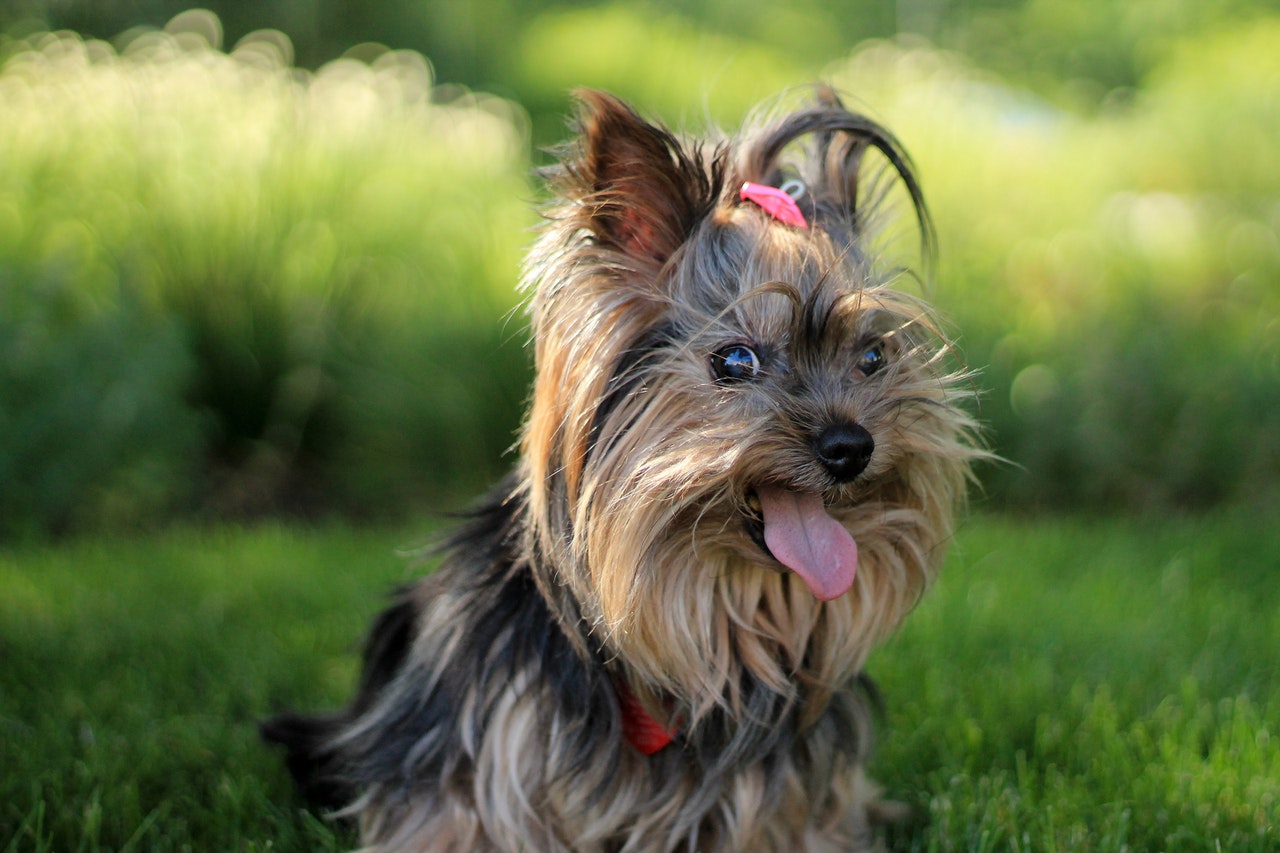
Did you know that your garden can be just as dangerous for your dog as your dog is for your garden? Most gardeners understand that dogs can’t be allowed to roam freely through the garden because they might break or chew prize-winning flowers, and it isn’t at all nice what doing their business does to those otherwise intoxicating fragrances. However, a dog-friendly garden should also focus on what would, or could, happen to your dog if he should ingest something that is poisonous to the species. Creating a dog-friendly garden is really a two-way street. Here are three tips to help you save both your dog and your lovely plants.
1. Learn About Plants Poisonous to Dogs
If you have a dog that you like to bring outdoors with you while you work in the garden, it is your responsibility as the human in this relationship to learn about plants that could harm or kill your dog. If he’s gotten into your prized delphiniums or azaleas, a quick trip to the vet might save their life but to do so, that comes at a cost. Perhaps this is why every dog owner who gardens should carry insurance for dogs. If you haven’t already got a plan in place, consider contacting Everypaw, a provider of pet insurance. Everypaw offer plans to suit all budgets so you know you are covered in emergencies.
2. Garden Fencing Is a Must
You will quickly learn the benefits of fencing off areas of your garden you want to keep the dogs out of. You may be able to train older dogs where they can and can’t wander, but puppies are another story altogether. Why not add beauty as well as function to your garden with lovely fencing that will keep dogs out of areas where they can cause harm or be harmed? In the case of puppies, make sure the fencing is small enough where they can’t fit through and also make sure to get puppy insurance so that you have cover in the event that they dig their way through and escape. Just check the policy to make sure you are covered for advertising and any rewards if your puppy does go missing.
3. Create Pathways for Romping
One of the things which many gardeners have done is to create pathways through their gardens with fencing on either side. Sometimes it helps to use lovely pavers so that your dog isn’t trampling in mud when it’s time to return inside. Whether you use finely grated gravel, pavers, cement or some other kind of paving material, do try to keep the dust and mud brought into the home to a minimum.
In the end, the thing to remember is that your garden can be just as hazardous to your fur baby as your dog can be to your garden. It only takes ingesting a day lily or maybe even running off with a daffodil bulb as you are planting to poison your beloved pet. Yes, you want to keep your garden lovely, but you want to keep your dog healthy and alive! Learn which plants are most hazardous to their health and if you must plant them, keep them in locations your dog can’t access. With a little effort, you can enjoy both a healthy azalea and a happy dog.



Thank you for sharing this. We are fostering a 2-month-old puppy who loves to roam around the yard. I never thought about protecting her from those dangerous plants. I will be doing so research on poisonous plants for dogs.